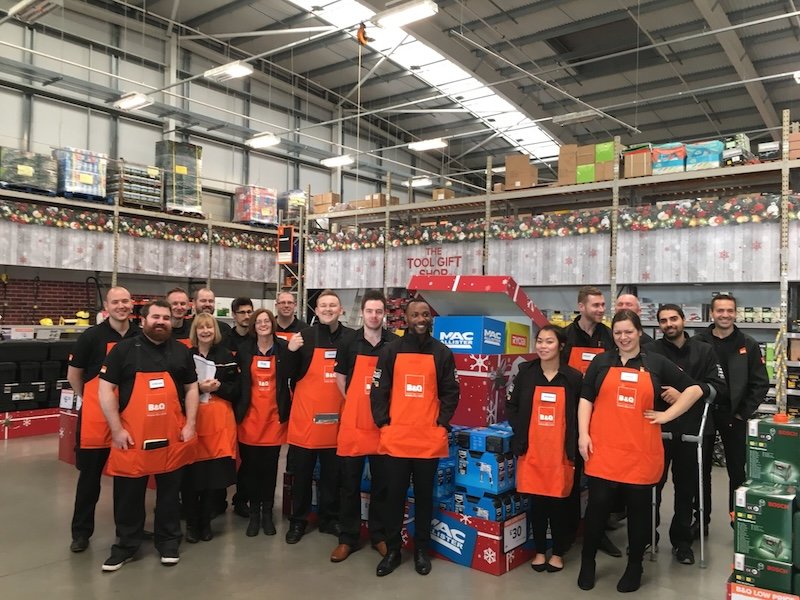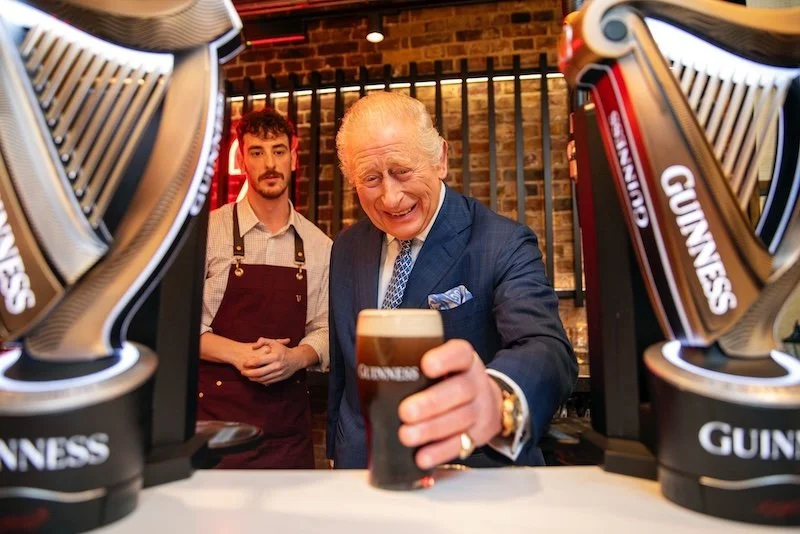Three ways to enhance the customer experience
By David Buckingham, CEO, Ecrebo
The high street is in trouble. The statistics certainly support this sentiment with the British Retail Consortium reporting that sales in May 2019 were the lowest they’ve been in 24 years.
When it comes to the retail landscape, there are a lot more shades of grey than just black and white. Some retailers, like JD Sports, are flourishing, while others, most recently, Debenhams, are in trouble. While there are many factors at play, retailers need to push forward and find ways to beat the high street blues.
This is where customer focus is key; attracting new customers, retaining current ones and increasing share of wallet. While price will always play a role, retailers shouldn’t forget about the ever-important customer experience, the ways in which technology can shape the in-store environment, and how collaborating with other brands and retailers can broaden their offering and add value for their customers.
In practice, what does this look like?
#1 Rely on technology
Technology has a significant role to play in the in-store environment - from improving customer service and engagement, to streamlining the payment process - to provide a convenient, efficient and relevant experience that makes shoppers stay longer and return more often.
The impact of technology is almost limitless; smartphone apps and near-field communication (NFC) technology can help shoppers find what they’re looking for or send them targeted offers while they’re walking around the store.
Endless aisle technology can be used to align the in-store with the online experience, bringing greater levels of choice to shoppers in a physical shop. And interactive kiosks allow shoppers to browse a product range, see stock availability with the option to order out of stock items for delivery to the store or home.
Retailers are also making their sales staff more mobile, more approachable and more able to assist. By taking sales staff out from behind the counter, arming them with tablets and allowing them to walk the shopfloor, they can access stock levels, order online and take payments, further improving the experience for the customer.
The Point of Sale itself can also be turned into a new channel for customer engagement. While technology can streamline the process and minimise queues, the Point of Sale terminal can evolve to be more valuable, enabling staff to take payments wherever they are in-store, as well as adding functionality that can improve the overall customer experience, using transaction data to generate relevant, personalised offers or messages at the till to drive loyalty and encourage shoppers back into the store.
#2 Offer more
Retailers can broaden their offerings with complementary products and services to attract different customer segments or better service existing needs. This is clearly a focus for Kohl’s which announced it will accept Amazon returns in each of its 1,150 stores from July 2019. It follows a pilot programme in 100 stores which delivered a 9% increase in new customers visiting participating sites and then subsequently going on to make a purchase.
The benefits are clear; Amazon customers have a more convenient way to return their purchases, while Kohl’s will no doubt see an uplift in both footfall and sales.
H&M recently announced a collaboration of a different kind — working with Italian designer Giambattista Valli on a new fashion collection which will be rolled out to all its stores in November. All parties benefit from this collaboration: the fashion designer gets the opportunity to bring their collection to a wider audience; shoppers get a designer experience at a fraction of the usual price; and H&M excites its customers with a high profile new range, and a reason to visit their stores.
#3 Focus on providing an experience
Technology also often ties in with and enables experiential retail or “shoppertainment”. This approach looks at moving the shopping experience from being purely transactional to providing an experience and giving shoppers a reason to come into store.
Many brands are already using this approach, such as the new Primark store in Birmingham. Shoppers have access to five floors of fashion, homeware and accessories, as well as free Wi-Fi and charging stations, barber shop Mills x Primark and nail salon Duck & Dry Xpress, and a Disney Café.
Customer experience is key
Bricks and mortar stores are fighting hard to remain competitive and relevant in a volatile market that continues to change. But it would be remiss to say it’s a losing battle. While some are struggling, others are thriving.
Ultimately, retailers need to find that combination of elements that works for them and helps achieve their goals; attracting and retaining shoppers, and delivering an exceptional customer experience.










Continue reading…